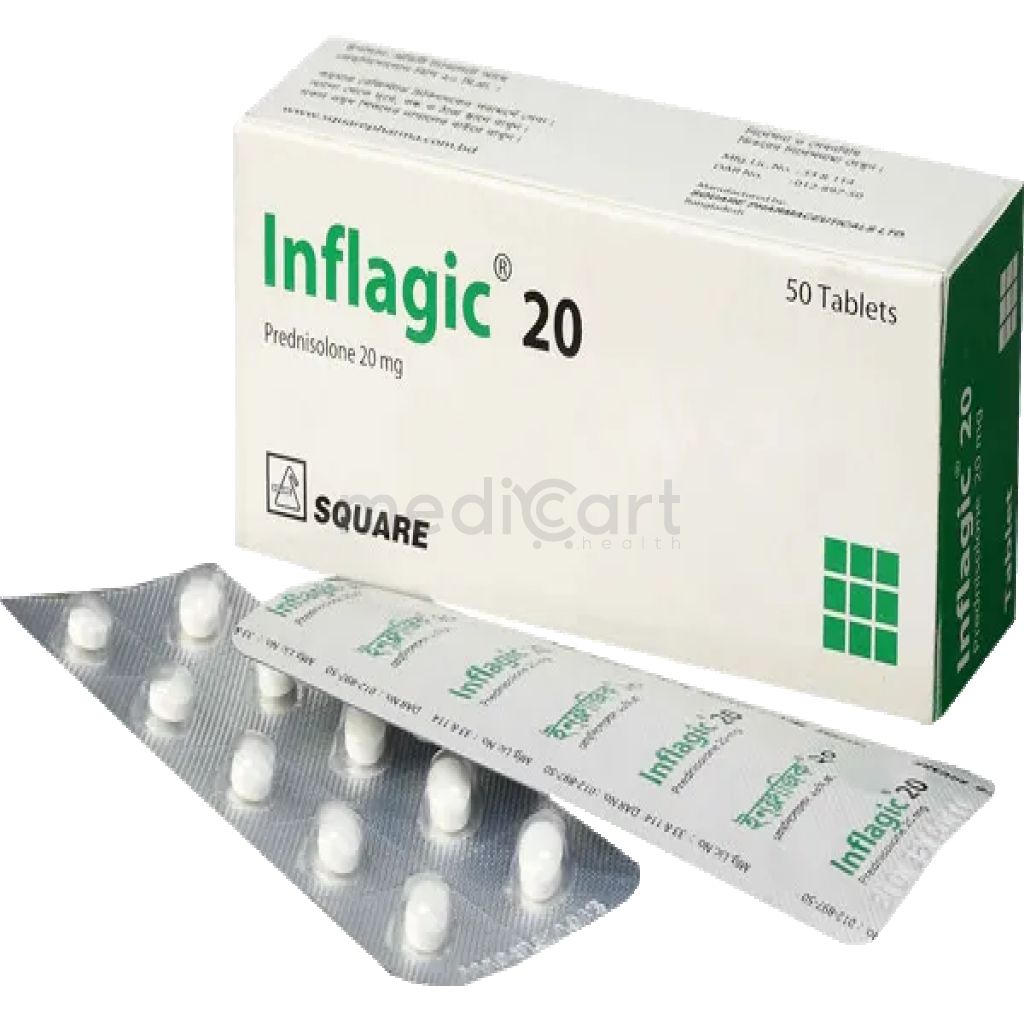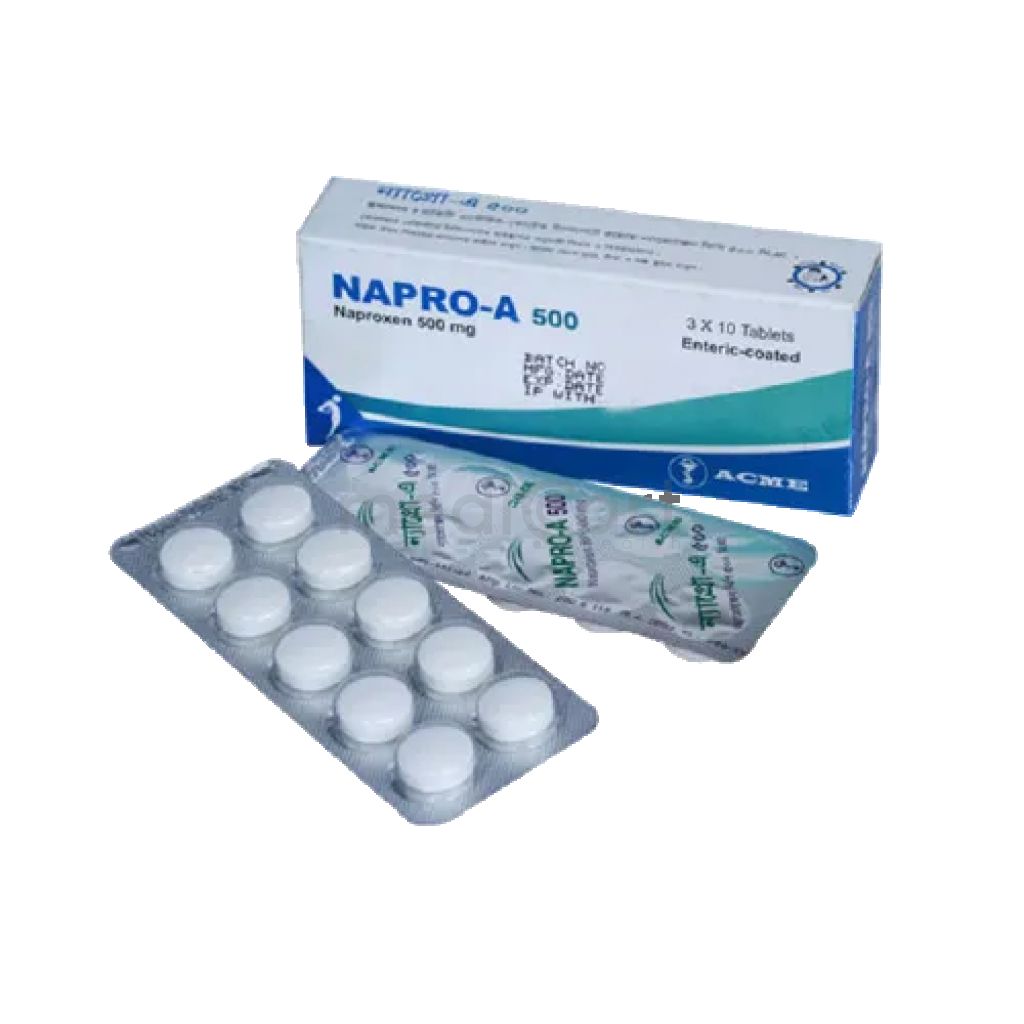

Unifarin-2.5 2.5mg
Tablet
Pack Size :
10 Tablet x 1 strip
Generics :
Warfarin Sodium
Manufacturer :
Unimed & Unihealth Manufacturers Ltd.
Best Price *
TK
25.00
* Delivery will be done in Dhaka city only.
More Information About - Unifarin-2.5 2.5mg
Description
Generic Name
Warfarin SodiumPrecaution
Any condition where added risk of haemorrhage, necrosis and/or gangrene is present. Patient w/ heparin-induced thrombocytopenia, infectious diseases or disturbances of intestinal flora (e.g. sprue), indwelling catheters, moderate to severe HTN, vit C or K deficiency, known or suspected deficiency in protein C-mediated anticoagulant response, polycythemia vera, vasculitis, DM. Moderate to severe hepatic or renal impairment. Elderly. Lactation. Patient Counselling Eat a balanced diet w/ a constant amount of vit K. Avoid ingestion of large quantities of certain foods that contain a large amount of vit K (e.g. leafy green vegetables, certain vegetable oils), drastic changes in diet and activities or sports that could cause traumatic injury. Monitoring Parameters Monitor prothrombin time, haematocrit, INR (frequency varies depending on INR stability); may consider genotyping of CYP2C9 and VKORC1 prior to initiation of therapy, if available. Lactation: Not excreted in breast milk as reported in limited published study (AAP Committee states compatible with nursing); because of potential for serious adverse reactions, including bleeding in breastfed infant, consider developmental and health benefits of breastfeeding along with mother?s clinical need for therapy; monitor breastfeeding infants for bruising or bleedingIndication
Venous thromboembolism, Stroke prevention, Deep vein thrombosisContra Indication
Patient w/ haemorrhagic tendencies or blood dyscrasias, recent or contemplated surgery of the CNS or eye, those undergoing traumatic surgery resulting in large open surfaces, overt bleeding or active ulceration involving the GI, genitourinary or resp tract, cerebrovascular haemorrhage, cerebral aneurysms, dissecting aorta, pericarditis and pericardial effusions, bacterial endocarditis, threatened abortion, eclampsia, pre-eclampsia, malignant HTN. Unsupervised patients w/ conditions associated w/ potential high level of non-compliance, spinal puncture and other diagnostic or therapeutic procedures w/ potential for uncontrolled bleeding, major regional or lumbar block anaesth. Concomitant use w/ fibrinolytic drugs (e.g. streptokinase, alteplase). Pregnancy.Dose
N/ASide Effect
Hemorrhage is the principal adverse effect of oral anticoagulants. Jaundice, hepatic dysfunction, vasculitis, pancreatitis, nausea, vomiting, diarrhoea, taste perversion, abdominal pain, flatulence, bloating, rash, purpura, erythematous swollen skin patches leading to ecchymosis, pruritus, alopecia, purple discolouration of toes due to cholesterol embolisation, tracheal or tracheobronchial calcification, fever, chills. Unexplained drop in haematocrit, decreased Hb. Rarely, hypersensitivity reactions. Potentially Fatal: Haemorrhage from almost any organ of the body w/ the consequent effects of haematomas as well as anaemia, tissue necrosis and/or gangrene of skin or other tissues w/ SC infarction.Pregnancy Category
Name : X
Description
Studies in animals or humans have demonstrated fetal abnormalities and/or there is positive evidence of human fetal risk based on adverse reaction data from investigational or marketing experience, and the risks involved in use of the drug in pregnant women clearly outweigh potential benefits.Mode of Action
Warfarin inhibits synthesis of vit K-dependent coagulation factors VII, IX, X and II and anticoagulant protein C and its cofactor protein S. No effects on established thrombus but further extension of the clot can be prevented. Secondary embolic phenomena are avoided.Interaction
Cholestatic hepatitis may occur when taken concomitantly w/ ticlopidine. Increased risk of bleeding w/ other anticoagulants (e.g. argatroban, dabigatran, heparin), antiplatelet agents (e.g. aspirin, cilostazol, clopidogrel), NSAIDs (e.g. celecoxib, diclofenac, ibuprofen), serotonin reuptake inhibitors (e.g. citalopram, paroxetine, venlafaxine). Increased INR w/ CYP2C9 (e.g. amiodarone, capecitabine, cotrimoxazole), CYP1A2 (e.g. aciclovir, allopurinol, ciprofloxacin) and CYP3A4 (e.g. alprazolam, amlodipine, atorvastatin) inhibitors. Decreased INR w/ CYP2C9, CYP1A2 and CYP3A4 inducers. Potentially Fatal: Increased risk of bleeding w/ fibrinolytic drugs (e.g. streptokinase and alteplase).Pregnancy Category Note
Pregnancy Adverse outcomes in pregnancy occur regardless of the health of the mother or the use of medications; estimated background risk of major birth defects and miscarriage for indicated population is unknown Exposure during pregnancy causes a recognized pattern of major congenital malformations (warfarin embryopathy and fetotoxicity), fatal fetal hemorrhage, and an increased risk of spontaneous abortion and fetal mortality Verify pregnancy status of females of reproductive potential prior to initiating therapy Advise females of reproductive potential to use effective contraception during treatment, and for at least 1 month after final dose of warfarin Lactation Not excreted in breast milk as reported in limited published study (AAP Committee states compatible with nursing); because of potential for serious adverse reactions, including bleeding in breastfed infant, consider developmental and health benefits of breastfeeding along with mother?s clinical need for therapy; monitor breastfeeding infants for bruising or bleedingAdult Dose
Oral Treatment and prophylaxis of venous thromboembolism, Stroke & Thromboembolism, Post-Myocardial Infarction Adult: Initially, 2-5 mg qDay for 2 days, OR 10 mg daily for 2 days in healthy individuals Initiate warfarin on day 1 or 2 of LMWH or unfractionated heparin therapy and overlap until desired INR, THEN discontinue heparin Check INR after 2 days and adjust dose according to results Usual maintenance dose: 2-10 mg daily. Elderly: Anticoagulation Lower doses required to produce therapeutic level of anticoagulation Initial: <5 mg PO qDay Maintenance: 2-5 mg PO qDay Hepatic impairment: Severe: Avoid.Child Dose
Thrombosis Prevention/treatment: If baseline INR is 1.0-1.3, administer loading dose of 0.1-0.2 mg/kg PO qDay ? 1 day; check INR on days 2-4 and adjust daily dose to maintain INR between 2.0 and 3.0 (unless valve replacement indicates a higher range) Use 0.1 mg/kg to initiate therapy with liver impairment or in patients who have had a Fontan procedure Typical maintenance dose: 0.09-0.33 mg/kg/day, with infants <12 months old often requiring doses at high end of rangeRenal Dose
N/AAdministration
May be taken with or without food.Disclaimer
The information provided herein are for informational purposes only and not intended to be a substitute for professional medical advice, diagnosis, or treatment. Please note that this information should not be treated as a replacement for physical medical consultation or advice. Great effort has been placed to provide accurate and comprehensive data. However, Medicart along with its authors and editors make no representations or warranties and specifically disclaim all liability for any medical information provided on the site. The absence of any information and/or warning to any drug shall not be considered and assumed as an implied assurance of the Company.







